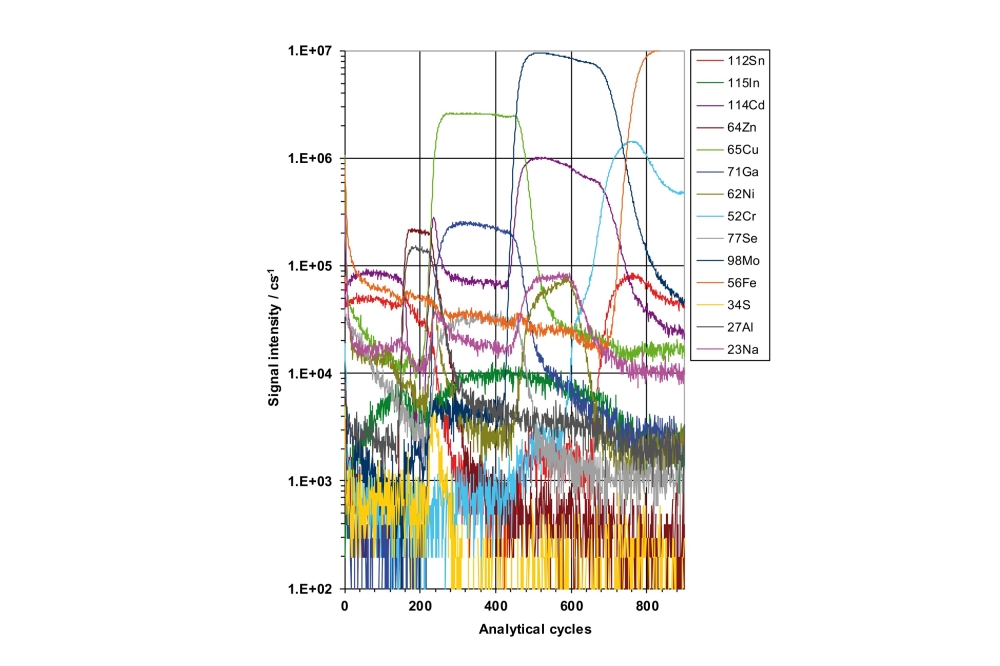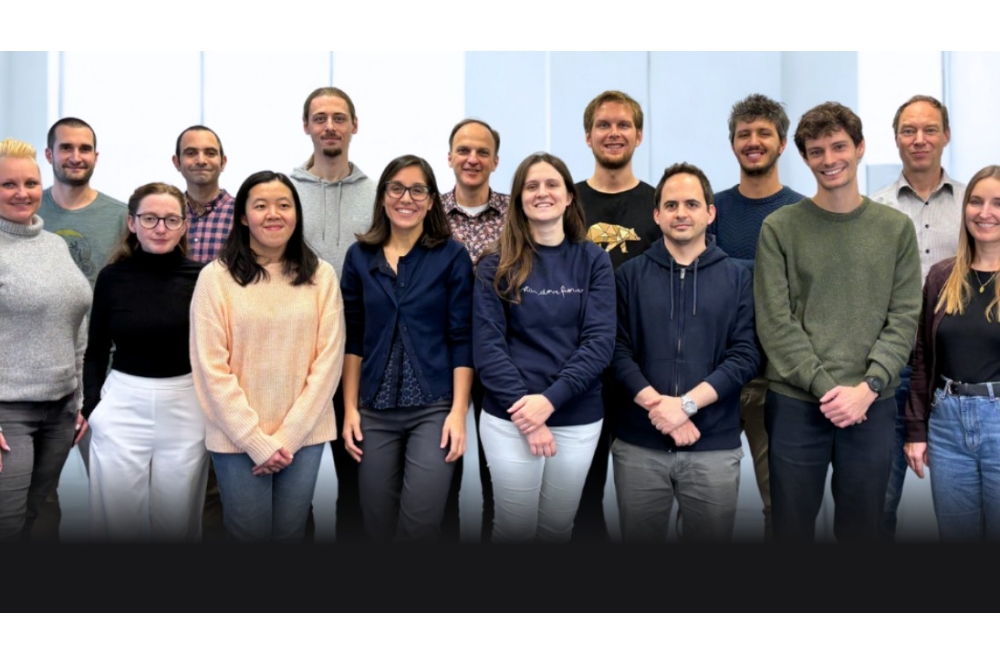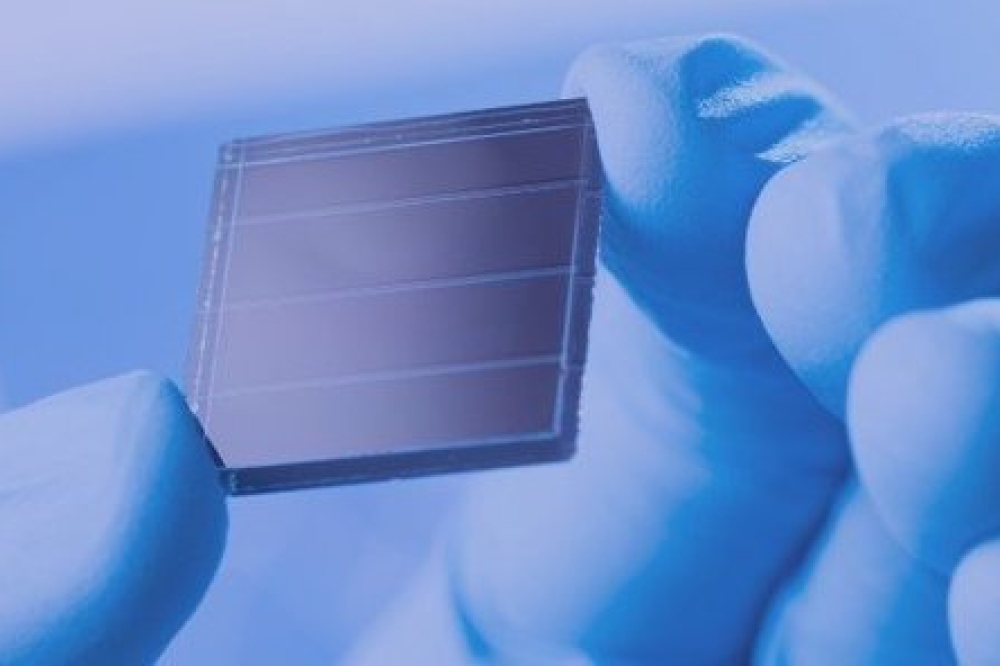NS Nanotech shows benefit of far-UVC in ambulances

NS Nanotech, a US developer of nano-scale light-emitting materials, has been researching the use of its far-UVC ShortWaveLight 215 emitter in ambulances.
The 215 emitter, released in September 2024, is believed to be the world’s highest-energy semiconductor light source that will enable human-safe air and surface disinfection in occupied spaces.
Frontline health professionals working in ambulances suffer from high rates of respiratory illnesses such as influenza, Covid-19, and RSV. While chemical disinfectants can be used to wipe down surfaces between runs, they fail to provide constant deactivation of airborne pathogens.
NS Naontech engineers have been taking careful measurements of ambulance interiors and finding appropriate placements for the far-UVC emitters (see picture above), so that they can continuously decontaminate the air. As a result, they have been able to 'flood the zone' with disinfection coverage.
"By saturating the breathing spaces with disinfecting light in both the ambulance cab and bay, the ShortWaveLight 215 Emitters can lower levels of viruses and other pathogens in the air that EMTs and patients breathe, " says Seth Coe-Sullivan, NS Nanotech CEO and cofounder.
Unlike traditional 254nm UVC light that can harm skin and eyes, far-UVC’s shorter 200-to-230nm wavelength range is approved for constant use around people.
And because the 215-nanometer ShortWaveLight 215 Emitter is a solid-state semiconductor-based light source, it is small and cost-effective enough for practical deployment in ambulances.
NS Nanotech is now actively seeking potential application development partners with experience developing, deploying, and servicing safety systems not only for ambulances, but for other potential applications ranging from airplanes to school buses to small-van transport for senior citizens and any other close-quarter environments where viruses threaten people's health.

































